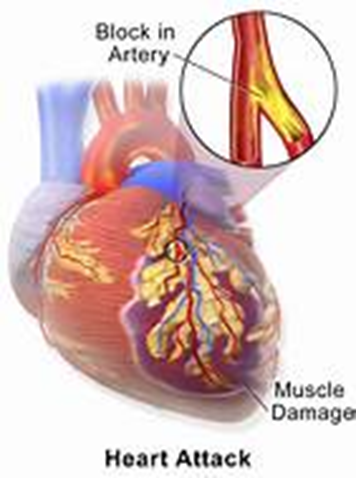A nurse is admitting a client with a history of duodenal ulcer. To determine if the client's current symptoms are related to this information, the nurse should assess the client for which manifestations of a duodenal ulcer?
Pain relieved by food intake
Pain radiating down the right arm
Nausea and vomiting
Weight loss
The Correct Answer is A
Choice A reason:Pain that is relieved by food intake is a classic symptom of duodenal ulcers, as eating can neutralize stomach acid temporarily, providing relief.
Choice B reason:Pain radiating down the right arm is not a typical symptom of a duodenal ulcer; it is more commonly associated with cardiac issues.
Choice C reason:Nausea and vomiting can be associated with duodenal ulcers, but they are not as specific as pain relief by food intake.
Choice D reason:Weight loss can occur with duodenal ulcers due to pain and eating avoidance, but the key symptom that relates directly to the ulcer is pain relief after food intake.
Nursing Test Bank
Naxlex Comprehensive Predictor Exams
Related Questions
Correct Answer is B
Explanation
Choice A reason: Heparin and warfarin do not work together to dissolve clots. Heparin acts quickly to prevent further clotting, while warfarin is used for long-term anticoagulation.
Choice B reason: Warfarin's onset of action is slow, requiring several days to reach therapeutic levels. During this time, heparin is used to provide immediate anticoagulation to prevent new clot formation or the growth of existing clots.
Choice C reason: IV heparin does not increase the effects of warfarin. They are used concurrently because of the delay in warfarin's onset of action.
Choice D reason: It is not appropriate to discontinue heparin immediately after starting warfarin due to the delay in warfarin reaching therapeutic levels. The overlap is necessary to ensure continuous anticoagulation.
Correct Answer is C
Explanation
Choice A reason: Myocardial infarction (MI) is not limited to occurrences with exertion. While stable angina typically occurs during physical activity or emotional stress, MI can happen at any time, even at rest. The underlying cause of an MI is the complete blockage of blood supply to a part of the heart muscle, usually due to a blood clot in a coronary artery. This blockage can lead to the death of heart muscle tissue, a condition that requires immediate medical attention.
Choice B reason: Stable angina does not typically last for more than 30 minutes. It is characterized by chest pain or discomfort that occurs predictably with exertion or emotional stress and is relieved within minutes by rest or nitroglycerin. In contrast, the pain from an MI is more prolonged and severe, and it is not relieved by rest or nitroglycerin. If chest discomfort lasts longer than 15 minutes and is not alleviated by rest or nitroglycerin, it is a warning sign that the individual may be experiencing an MI.
Choice C reason: This is the distinguishing feature between stable angina and an MI. Stable angina is usually relieved within 3-5 minutes by rest or nitroglycerin, which helps to dilate the coronary arteries and improve blood flow to the heart muscle. Nitroglycerin is ineffective in relieving the symptoms of an MI because the problem is not just reduced blood flow but a complete blockage that nitroglycerin cannot overcome.
Choice D reason: The pain associated with an MI typically lasts for more than 15 minutes and can be quite severe. Unlike stable angina, the pain of an MI is not relieved by rest or nitroglycerin. The duration and severity of the pain, along with other symptoms such as shortness of breath, sweating, nausea, or lightheadedness, help differentiate an MI from stable angina.

Whether you are a student looking to ace your exams or a practicing nurse seeking to enhance your expertise , our nursing education contents will empower you with the confidence and competence to make a difference in the lives of patients and become a respected leader in the healthcare field.
Visit Naxlex, invest in your future and unlock endless possibilities with our unparalleled nursing education contents today
Report Wrong Answer on the Current Question
Do you disagree with the answer? If yes, what is your expected answer? Explain.
Kindly be descriptive with the issue you are facing.
